Maybe teaching science and nature doesn’t come naturally to you, but you want to do more with your little ones in a FUN, creative, and hands-on way. What if there was a little something you could use to help you out?

Being outside with our children and letting them see, feel, and touch nature brings it to life so much more quickly! Nature Study Printables was created to do just that – engage your young children, get them talking, and provide you with printables to use in the observation process.
Nature Study Printables for Toddlers and Preschoolers ebook

$3.99
My friend and the author, Maureen Spell, is one of the most creative women I know. She is bursting with ideas, and this has been a project in the works from her for some time – and I am so glad she is able to share it with us! With seven children, she has a lot of experience in the toddler and preschool realm.
{Yes, seven – you read that right.}
Nature Study Printables for Toddlers and Preschoolers is a 60+ page eBook chocked full of educational ideas and printables.

$3.99
Inside this ebook you’ll find:
-
Debunking Preschool Science Myths
-
Neighborhood Nature Walks with Young Children Nature Printables for Preschoolers
-
10 Tips for Studying Nature with Toddlers and Preschoolers
-
Printable I Spy Cards: Animal, Spring, Garden, Fall, and Winter edition
-
Printable Nature Booklets on ants, butterflies, fish, worms, nature, frogs, and ladybugs
Interested in a copy for your family? Click here to view more details from Spell Outloud.
Psst!! Win a Copy!!
I’m giving away THREE copies of this fun ebook until Sunday, August 11 at midnight. If you purchase Nature Study Printables for Toddlers and Preschoolers and then win, I will refund your money {‘cause I love you all like that} – so don’t be afraid to pick up a copy today.
What topic would you have the most fun studying with your child?
Follow the directions on the widget below to enter.



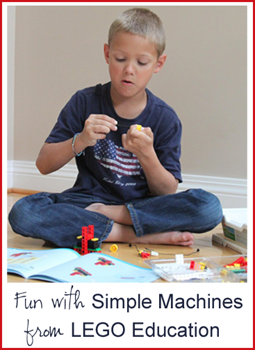


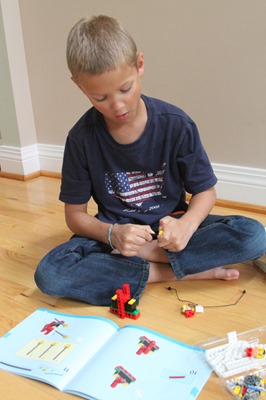

 I am a blogger for LEGO
I am a blogger for LEGO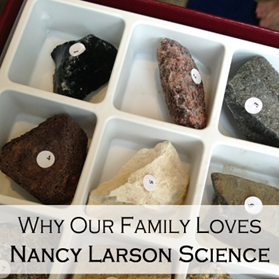

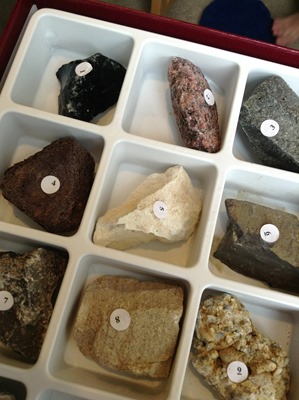
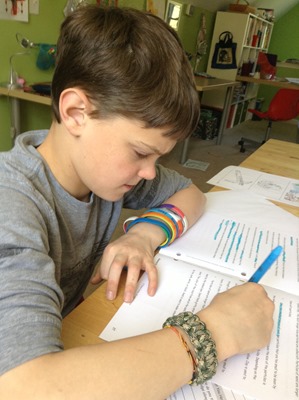


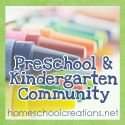 Last week I pulled out the
Last week I pulled out the 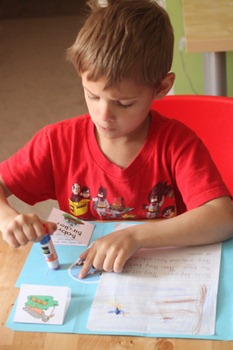
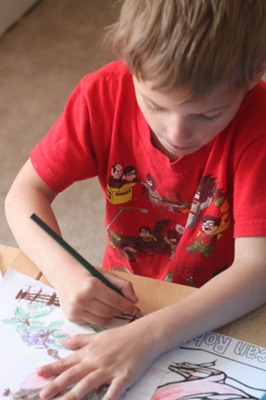
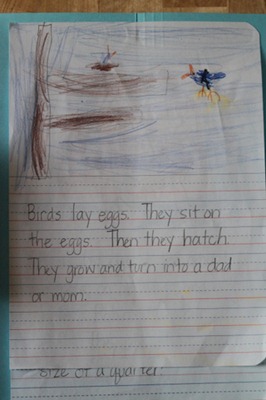
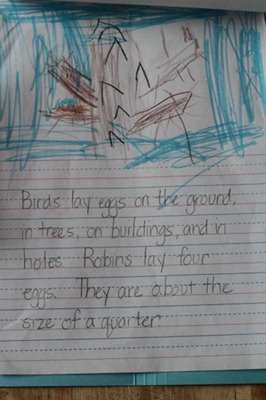
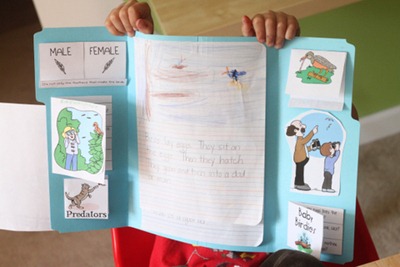


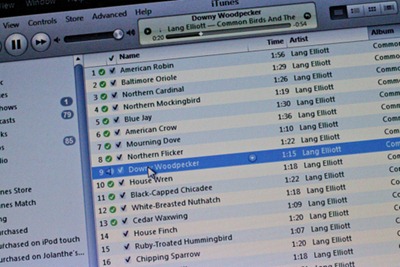
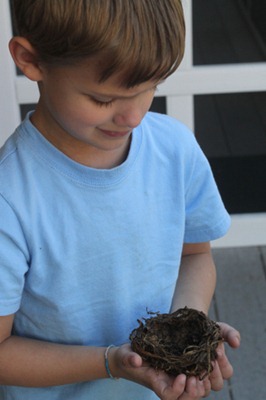
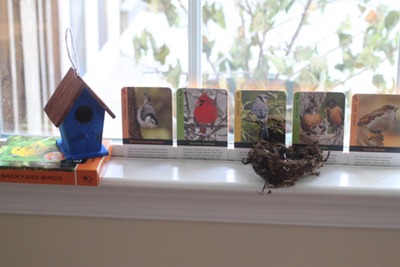
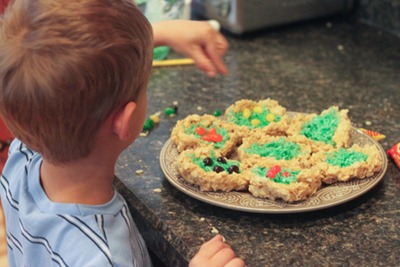
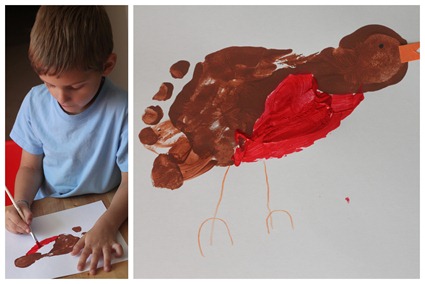
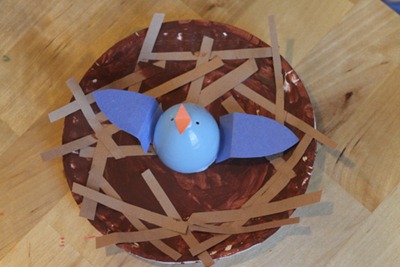
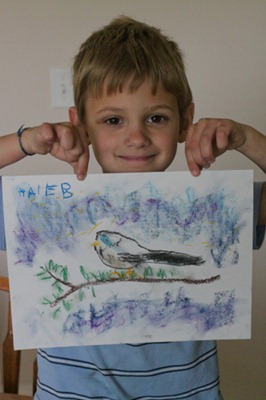
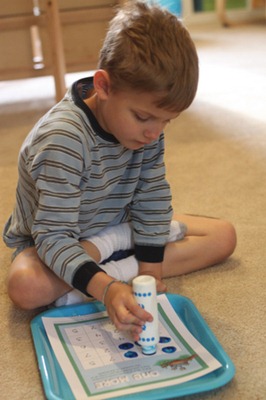
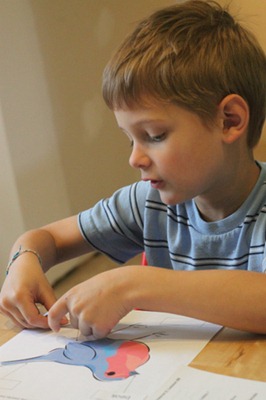
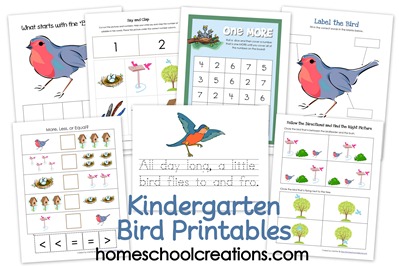


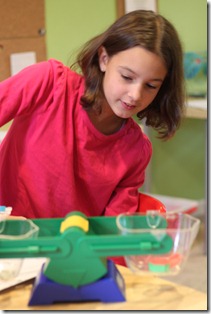
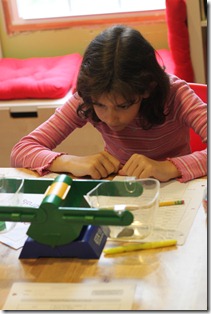
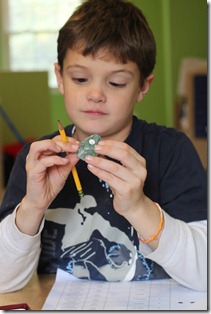
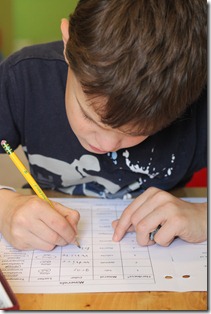




 The printables shared on this site are FREE of charge unless otherwise noted, and you are welcome to download them for your personal and/or classroom use only. However, free or purchased printables are NOT to be reproduced, hosted, sold, shared, or stored on any other website or electronic retrieval system (such as Scribd or Google docs). My printables are copyright protected and I appreciate your help in keeping them that way.
If you download and use some of my printables and then blog about them, please provide a link back to my blog and let me know - I'd love to see how you are using them! Please be sure to link to the blog post or web page and not directly to the file itself. Thank you!
The printables shared on this site are FREE of charge unless otherwise noted, and you are welcome to download them for your personal and/or classroom use only. However, free or purchased printables are NOT to be reproduced, hosted, sold, shared, or stored on any other website or electronic retrieval system (such as Scribd or Google docs). My printables are copyright protected and I appreciate your help in keeping them that way.
If you download and use some of my printables and then blog about them, please provide a link back to my blog and let me know - I'd love to see how you are using them! Please be sure to link to the blog post or web page and not directly to the file itself. Thank you!